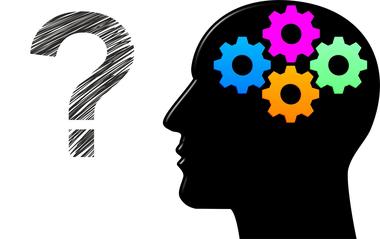
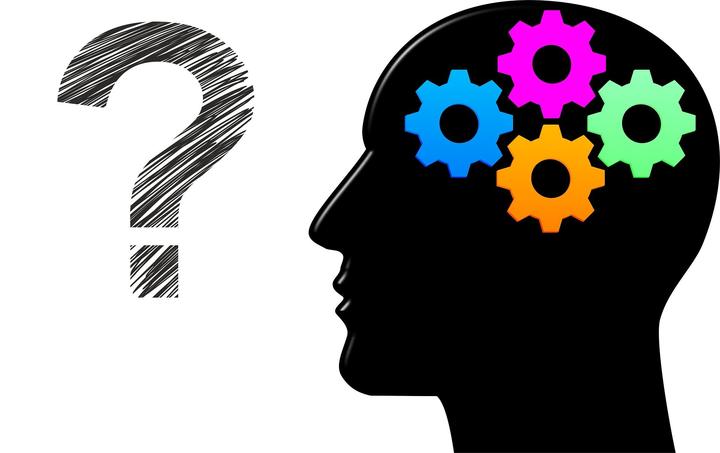
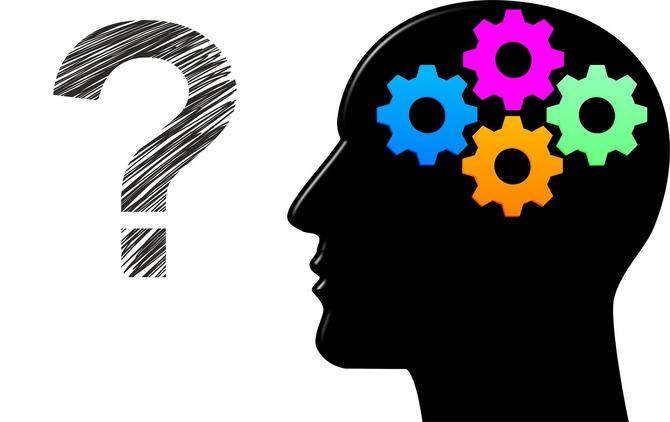
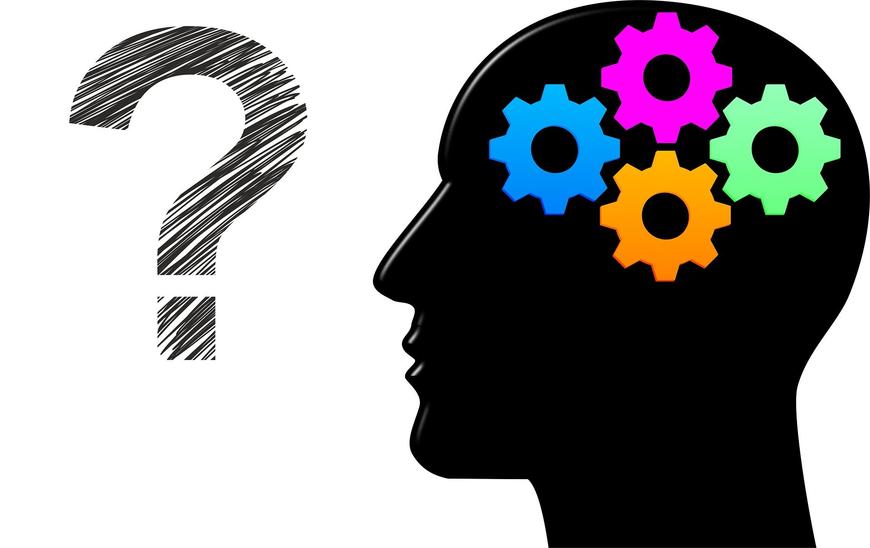
The question of separation of human memory into declarative and non-declarative has undergone various discussions. A lot of scientific researchers were held in order to identify the difference between these two types. Memory is a generic term, used for identification of the complex cognitive abilities and higher mental functions, which deals with the accumulation, preservation, and reproduction of knowledge and skills. Memory in its different forms and shapes is inherent to all higher animals. In a broader sense, memory is not only the ability to reproduce images of the past but also the opportunity to predict the future. It may vary according to the methods of perception: visual memory, memory for sounds, smell and so forth. The aim of this work is to analyze the process of separation of the memory into declarative and non-declarative and describe the main functions of these two systems.
The representation of the plurality of memory systems has become one of the most interesting issues in psychology. This representation is based on the data obtained from studies of patients with different brain diseases, as well as the experiments performed on healthy subjects. Hermann Ebbinghaus is considered to be the founder of the content “memory”. Since that time, the scientists created a particular differentiation of the kinds of memory. One of such subtypes belongs to the separation of long term memory into declarative and non-declarative. “Memory is not a unitary faculty of the mind but is composed of multiple systems that have different operating principles and different neuroanatomy. The major distinction is between the capacity for conscious, declarative memory about facts and events and a collection of the unconscious, non-declarative memory abilities, such as skill learning and habit learning” (Squire, Larry R., 2009). Declarative memory provides remembering the objects, events, episodes and so forth. This memory maintains the images of faces, places, and objects.
Declarative memory is often based on the association of concurrent stimuli. It is conscious because it implies awareness about the object or subject of the event, the image that is retrieved from the memory, while the use of non-declarative memory behavior can be carried out without the awareness of this fact. The organization of the declarative memory requires information processing in the temporal lobes of the brain and the thalamus. The structure, which is particularly important for the declarative memory is hippocampus with the basal ganglia.
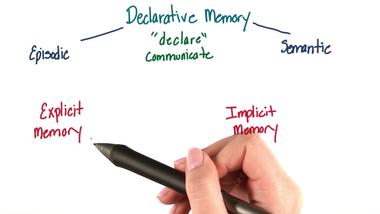
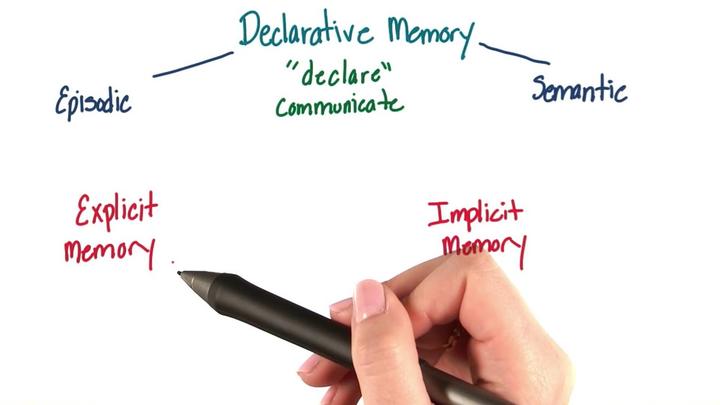
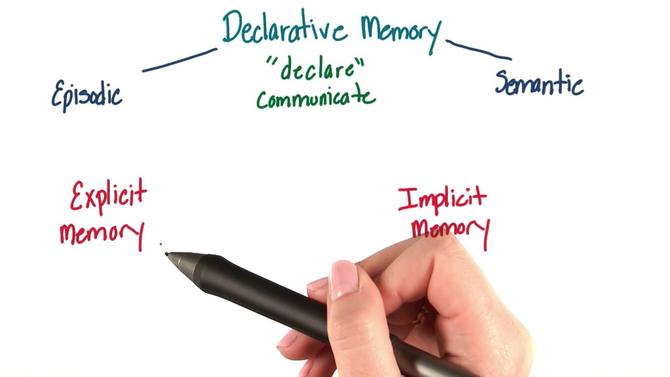
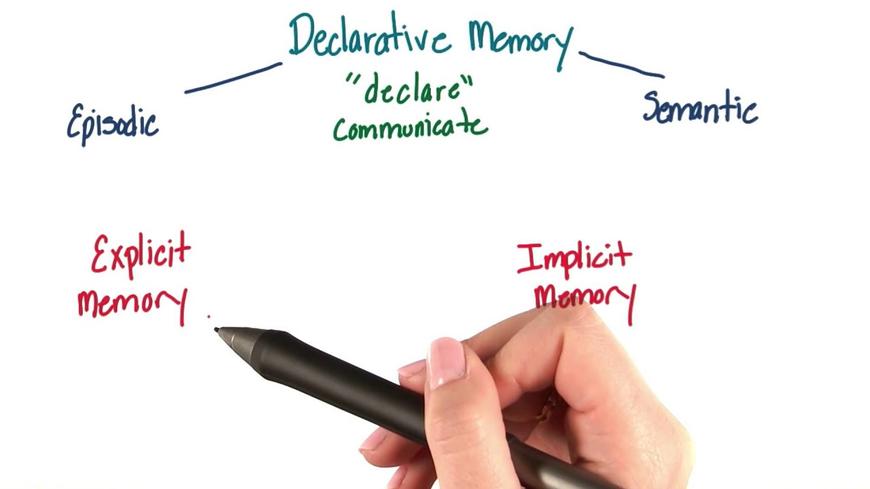
Attached file: Declarative and Non-Declarative Memory.docx
Click download to get access to a full version of the paper
Non-declarative memory is the memory of the actions. It represents motor skills, perceptual strategies, conditional and instrumental reflexes. Habituation and classical conditioning are examples of non-declarative memory acquisition. The investigation of the mechanisms of learning and memory are conducted mainly in the context of plasticity. Since plasticity has been available for investigation at cellular and molecular levels, scientists identified many mechanisms of neural plasticity, which are supposed to contribute to various forms of training.
The separation of memory into declarative and non-declarative was predetermined by a number of clinical studies. “Studies of experimental animals have suggested that declarative memory is more flexible than non-declarative memory. To explore this issue in humans, we asked how well subjects who had learned the probabilistic classification task could use their task knowledge in a flexible way. These findings show that declarative and non-declarative memory differs with respect to the flexibility of the knowledge acquired by each system” (Squire, Larry R., 1996). Typically, the main changes in the formation of memory are represented by the modification of synaptic connections. The experiments, which study the mechanisms of long-term plasticity, show that neurophysiologic parameters "old" and "new" memory traces are indistinguishable, but qualitatively the electrical activity of neurons is the same. It is assumed that the basis for the long-term persistence of memory traces is predetermined by the long-term changes of chemo responsiveness properties of the membrane of neurons. The membrane can be seen as a double mediator in the transmission of the information: the state of the membrane determines the sensitivity to the stimulus, and the restructuring of the membrane after receiving the signal determines the strength, specificity, and the adequacy of the response. The exclusive role of membranes is the transfer and storage of information associated with cooperative structural transitions in them. These transitions can induce changes in lipids and proteins. “The traditional taxonomy that distinguishes between neural systems supporting declarative and non-declarative forms of learning may be inadequate, as experimental and theoretical work suggests that other criteria may be more useful in categorizing the role of neural structures involved in learning such as the hippocampus and the basal ganglia. The hippocampus, traditionally considered to be the core of a declarative learning system, can in fact be described as involved in strengthening stimulus-stimulus relations—even when stimuli are presented subliminally” (Ortu, D., 2013). Convincing evidence that the procedural and declarative components are required for the formation of normal speech utterances is revealed through the experiment of M. Ullmann and S. Korkin. It involved three groups of subjects: 1) suffering from Parkinson's disease; 2) Alzheimer's; 3) healthy subjects. The task was to form the past tense of the verbs represented in the list. The list included regular verbs (adding «ed» to the end of the word – non-declarative knowledge) and irregular (remembering specific information - declarative knowledge). Healthy subjects (English speakers) easily coped with the task, Alzheimer's patients made mistakes mostly when dealing with irregular verbs, and patients with Parkinson's syndrome - when working with the regular verbs. The authors concluded that the speech act involves two partially independent memory subsystems, one of which is related to non-declarative knowledge (grammar) and the other to a "mental dictionary" (concrete representation of words). This analysis proves the separation of memory into the declarative and non-declarative and their influence on the formation of speech. In this case, we can see that the group of healthy people revealed both types of memory: Parkinson’s patients clearly reflected the signs of declarative memory, while Alzheimer’s ones succeed in non-declarative representation.
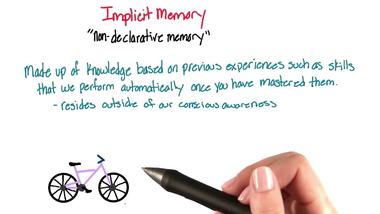
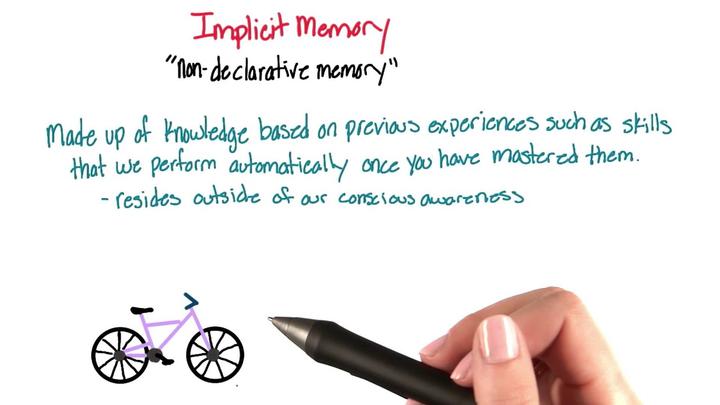
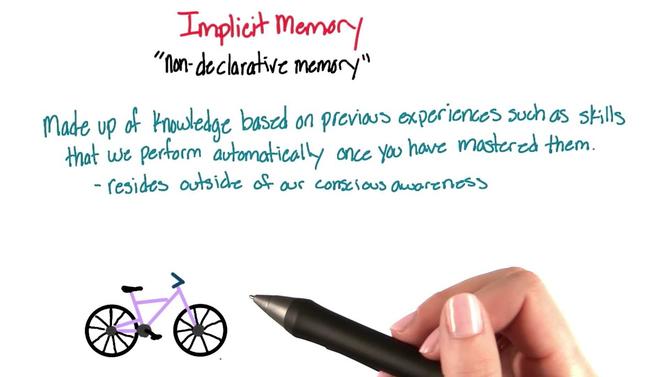
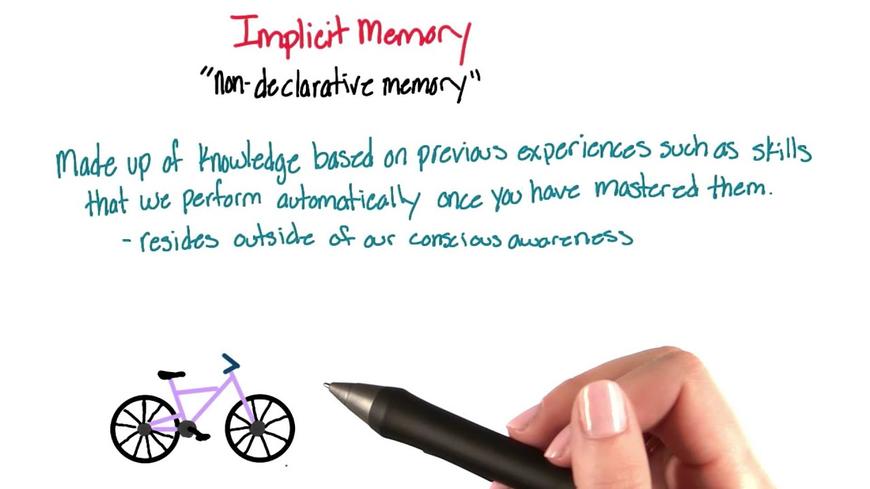
“Perhaps the most famous study demonstrating the separation of the declarative and procedural memories is that of a patient known as “H.M.”, who had parts of his medial temporal lobe, hippocampus, and amygdale removed in 1953 in an attempt to cure his intractable epilepsy. After the surgery, H.M. could still form new procedural memories and short-term memories, but long-lasting declarative memories could no longer be formed” (Mastin, L., 2010). This example gives us the clear understanding that the separation of memory into declarative and non-declarative has a strong scientific background, as it describes the processes which reveal the function of one system in comparison with the dysfunction of another due to the particular circumstances. There is another evidence of the separation of long-term memory into two basic systems. Neurobiological studies identified several brain systems, which are different according to their functions. Declarative memory depends upon the hippocampus, while non-declarative on the striatum of ganglia. This hypothesis was originated during the studies, which analyzed the learning skills of the objects after the damage of hippocampus. In this case, the objects impaired declarative knowledge, but spared non-declarative skills. Analyzing the data, which were obtained from the study of human brain, the scientists separated declarative and non-declarative memory, stating that they perform different functions. “The neurobiological basis of memory supports a clear distinction between the declarative (hippocampal dependent) and non-declarative (striatal dependent) memory systems. Moreover, evidence indicates that the two memory systems may, in actuality, interact with one another during learning; however, the level at which this interaction occurs, either during acquisition or response, remains unknown (Krupa, Allison K., 2009)”. All these facts provide us with evidence of the separation of memory into declarative and non-declarative. As these brain systems perform different functions, the scientists analyzed them in terms of two separate areas, which interconnect with each other. For this purpose, they used patients with different mental disorders, which helped them to consider the particular type of memory in its full representation.
Concluding this article, it is necessary to state that neurobiology provides clear evidence, which identifies declarative and non-declarative memory as two different brain systems. These memory systems have different operating characteristics, which are involved in the acquisition of knowledge and are part of different brain structures. The scientists managed to prove the separation of memory into declarative and non-declarative by means of experimenting with patients with various mental pathologies, making the thorough neurobiological analysis of the functioning of their brain.